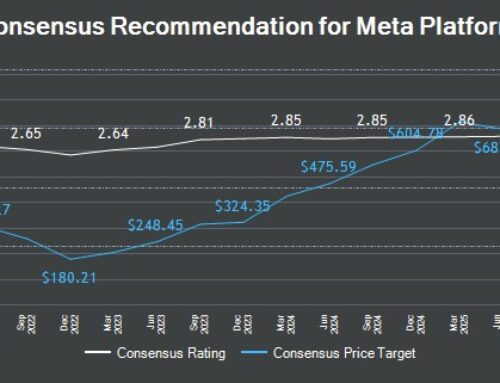Rimac Nevera hits top speed of 256 mph to become world’s fastest production EV
November 17, 2022
The record was set on October 28th at the Automotive Testing Papenburg track in Germany, an oval-shaped racetrack with twin straights that were long enough — 4 km, or 2.48 miles — for the Nevera to achieve its top speed.
Rimac announced that its Nevera supercar hit a top speed of 412 kmh (256 mph), making it the fastest electric production car in the world.
The record was set on October 28th at the Automotive Testing Papenburg track in Germany, an oval-shaped racetrack with twin straights that were long enough — 4 km, or 2.48 miles — for the Nevera to achieve its top speed.
The Nevera, a quad-motor, 1,914 horsepower demonstration of electric absurdity, has a top speed of 258 mph — though its speed is limited to 219 mph — and an ability to leap from 0–60 mph in less than two seconds.
Miro Zrnčević, Rimac’s chief test and development driver, was behind the wheel during the test. Here’s how the company described the experience of breaking the EV speed record:
It was his challenge to get the perfect entry onto the straight from the track’s curved sections to give the car the best possible chance of reaching V-MAX. As the car levelled out of the banking, travelling around 250kph (155mph), Miro unleashed the full power of the advanced four-motor Rimac-developed powertrain and battery pack, catapulting Nevera well into the 400kph range.
It wasn’t until Miro had lifted off the throttle, bringing the Nevera back down to more normal speeds safely, that the news came over the radio. 412kph (258mph) – exactly as simulated many years ago. Fast enough to make Nevera the World Record holder for fastest EV production car and also the fastest car ever recorded at Automotive Testing Papenburg.
The top speed was measured using Racelogic’s V-Box with high-precision GPS-based measurement. According to Rimac, the 412 kph top speed was the target when the car was first unveiled as the C_Two concept vehicle at the Geneva Motor Show in 2018.
The record was set on October 28th at the Automotive Testing Papenburg track in Germany
Three years later, the C_Two, now called the Nevera, was unveiled as an electric supercar tailor-made for the top speeds imaginable. The Croatian company’s engineers worked for three years improving the battery pack’s liquid cooling system to enable drivers to use the vehicle’s peak power for longer before the batteries start to complain.
They also developed a new all-wheel torque vectoring system that basically acts as both an electronic stability and traction control system. The software can make “over 100 calculations per second to tailor the level of torque to achieve the desired driving style,” Rimac says.
Braking in a car like this is also important, and Rimac designed the Nevera to be able to dynamically adjust the balance of the braking force between the friction brakes in the wheels and the regenerative braking made possible by the electric motors.
Search
RECENT PRESS RELEASES
Related Post




